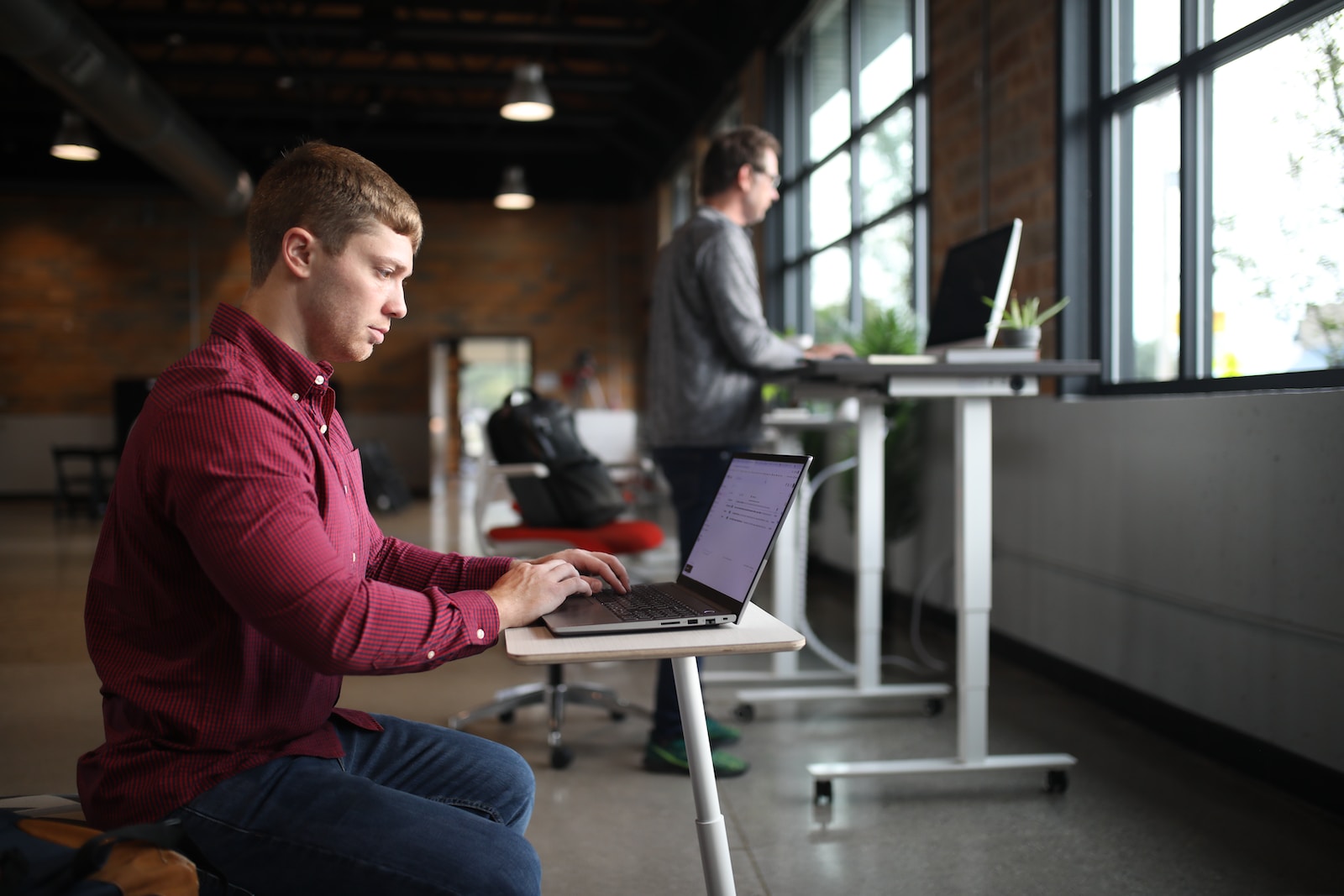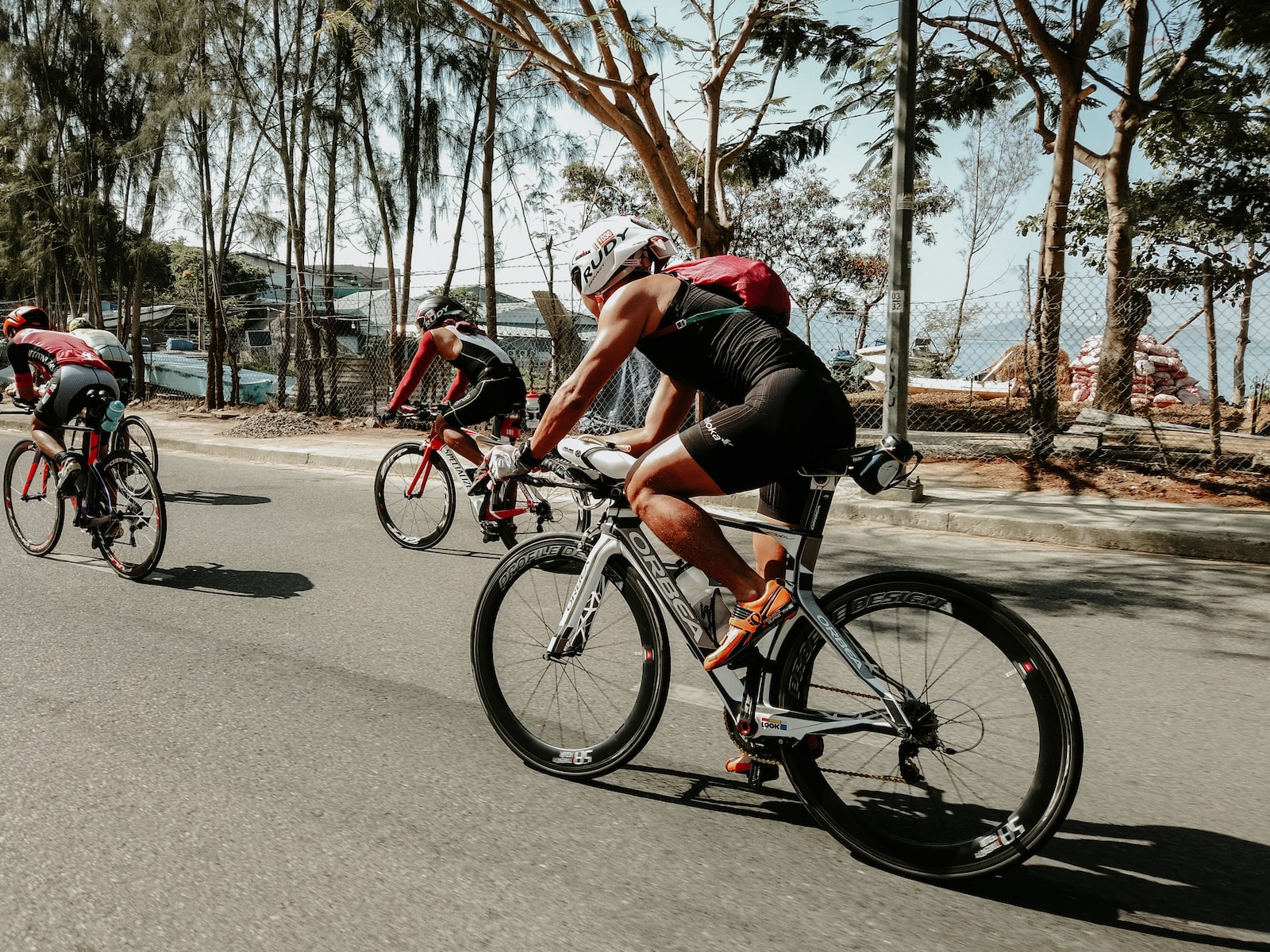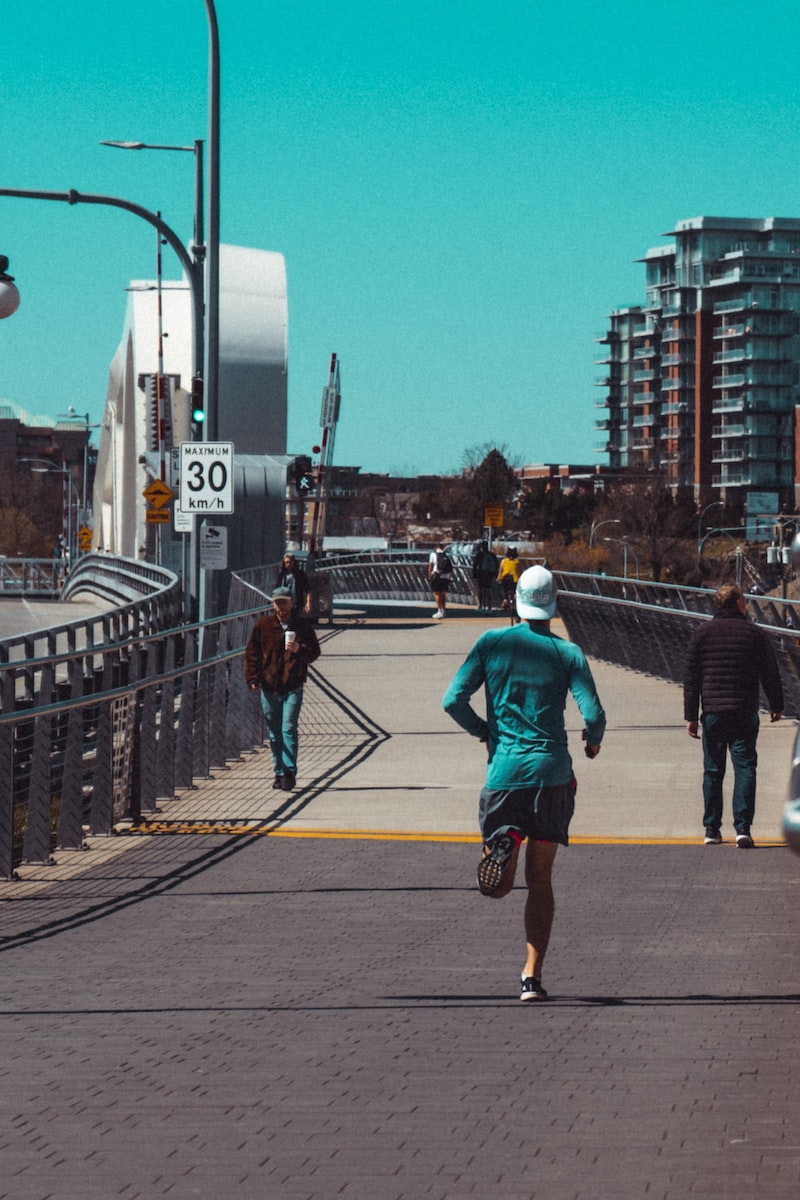3 Key Ultra-Distance Injury Prevention Strategies – Ironman and Triathlon Training
Since it started in the mid-late 1970s, the triathlon has become a popular pursuit amongst professional and recreational athletes alike. While distances do vary from one event to the next, participants are routinely required to swim distances of up to 1.5km, cycle up to 40km, and run up to 10km, although many of the ultradistance events like Ironman cover much greater distances. Clearly these types of events and the level of training that is required is not for the faint of heart!
Injury rates and types amongst triathletes
According to the results of a study conducted by the British Journal of Sports Medicine in which 174 triathletes were monitored over a 26-week period, at least 56% of participants had some form of over-use injury at any given time. During the same period, 87% of participants presented with an over-use injury and over 50% reported ‘substantial’ injuries. It is clear therefore that training for endurance events like triathlon and Ironman carries a high risk of injury.
While the rate of injury amongst triathlon and Ironman competitors is high, the location and type of injury varies considerably. In the above BJSM study, 18% (88 cases) of the over-use injuries presented affected the shoulder, 17% (84 cases) the low back, 18% (88 cases) the thigh, 22% (106 cases) the knee and 22% (106 cases) the lower leg. While other studies have reported injuries affecting the ankles, foot and toes to represent between 9% and 35%, this study found these to account for only 3% of all reported injuries.

Why people get injured?
What is clear from these findings, and the findings of similar studies, is that injury can and will present in almost any bodily area as a result of triathlon training and competition. Aside from accidents like a collision or a slip, it is worth remembering that injury is really just the outcome of dysfunction, and pain is the body’s way of signalling to us that this dysfunction exists, so that we can change our course of action and prevent further damage.
Instead of looking at injury as some catastrophic barrier to competition, it is possible to see it as the body’s way of revealing to us our weaknesses, so that we have the opportunity to overcome them. Dysfunction leads to more dysfunction and so it’s important to intervene early, ideally before the pain even presents. As the old adage goes, ‘an ounce of prevention is worth a pound of cure’, but most people only seek help from a doctor, sports scientist or physiotherapist when they are injured. Often by this time there are multiple factors at play. A thorough movement screen and biomechanical analysis is key to identifying dysfunction early.
There are also a number of simple yet effective strategies that can be introduced into your training in order to ensure that the body is better able to cope with the demands of ultra-endurance training. In no particular order, we’ve provided 3 key strategies below.
- Work deep and local
If the muscular system were to operate as nature intended, the superficial muscles would work to create movement and to control direction, whereas the deep muscles, also known as local muscles would function to prevent unwanted movement and to provide stability and integrity to the skeleton. Over the distances covered in triathlon and Ironman type events, and indeed as a result of a number of other factors (e.g. work-related activities, poor posture and sedentary behaviours etc), the superficial muscles are worked to exhaustion and the body is forced to recruit other muscles in an attempt to find a new way of moving the joints and limbs. This compensatory muscle activation takes the emphasis away from the deep muscles local stabilising muscles and joints start to lose their stability and optimum function. Thankfully there are a number of rehabilitation-type exercises that can reverse this process, but it is important to know precisely which muscles are affected. A comprehensive movement screen and postural analysis by an appropriately qualified therapist or movement specialist will be able to help here. - Develop three-dimensional strength
The body is capable of moving in three different planes of motion (sagittal, transverse and frontal) but most traditional resistance exercises only move the body in a single plane at a time. Even those exercises considered to be the most functional, like squats, lunges and deadlifts, only work the body in the most dominant ‘sagital’ plane. To develop a truly strong and stable body, and one which limits unnecessary joint rotation and torque, strength must be developed in all three planes, especially the transverse plane. Therefore, exercises that either create or prevent motion simultaneously through multiple planes are often the best approach. Common choices include exercises like wood chops, Russian twists or twisting lunges, however those exercises that are likely to have the biggest impact will be those that develop strength while resisting against unwanted joint rotation e.g. single leg squats, single leg deadlifts and single leg box step-ups. Care needs to be taken with these exercises however to ensure that are performed with precision and control. In the early stages, it’s certainly advisable to use a specialist personal trainer or therapist. - Look after the soft tissues
Any movement that is repeated often enough has the potential to cause the muscles responsible for that movement to become tight, contracted and inelastic, especially if the same amount of counterwork is not performed for the opposing muscles. With the volume of repetition associated with triathlon-type training and competition, tight and painful muscles are often seen as somewhat of an ‘occupational hazard’ by many athletes, but they needn’t be. Thankfully there are a number of simple strategies that can be implemented to prevent or overcome these effects, including self-myofascial release using a foam roller and/or tennis ball, sports massage and a regular programme of stretching.
Foam rolling is a relatively low-risk activity that following some basic instruction and a common sense-approach, can start to alleviate soft tissue adhesions and trigger points fairly quickly. It is however really only effective at reaching those superficial muscles and it’s often quite difficult, in fact near impossible, to reach the deeper muscles.
Stretching programmes can be equally as effective but it is important to ensure that you are stretching the muscles that are tight and restricted, so’s not to compound any imbalances and weaknesses that already exist. Therefore, we highly recommend a movement screen and postural assessment before diving in to a programme of serious stretching.
Sports massage treatments, whether used as means of treating or preventing soft tissue pain and dysfunction, is a really effective strategy for removing adhesions, scar tissue and sensitivity within the active muscles. When performed in conjunction with stretching, it can also really help to promote further improvements in range and flexibility.

Summary
Our specialist performance and rehabilitation team here at Summit Physiotherapy are able to provide support and guidance with any of the above strategies. Contact our team today to find out how we can help or read our approach guide.
This is a guest blog produced in association with Health and Fitness Education (HFE), a leading education provider to the active leisure and fitness sector. HFE specialise in delivering personal training qualifications and sports massage courses from venues throughout the UK.



